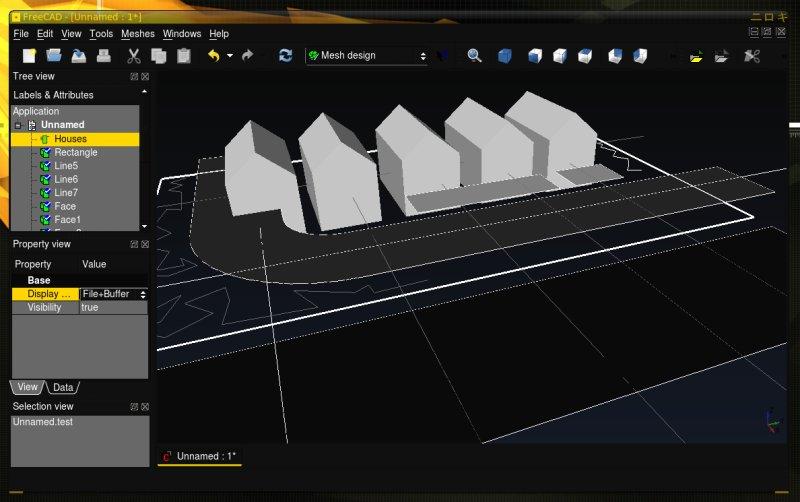

Google has also been reluctant to actively notify Play users once it learns they were infected by apps promoted and made available by its own service. The company has never explained what causes its own researchers and automated scanning process to miss malicious apps discovered by outsiders. Google doesn’t comment when malware is discovered on its platform beyond thanking the outside researchers who found it and saying the company removes malware as soon as it learns of it. Malware laced in apps available on Google servers is hardly new. It occurred 3-4 times, then I stopped the malware. During analysis, my device always received commands to record and send mic audio to C2. Config was received every 15 minutes and record duration set to 1 minute. It happened constantly in my case, since it was conditional to commands that were received in the config file.

During my analysis, the config file always returned the command to record audio which means turned on the mic, captured audio, and sent it to the C2. In an email, he wrote:ĭuring my analysis, AhRat was actively capable of exfiltrating data and recording microphone (a couple of times I removed the app and reinstalled, and the app always behaved the same).ĭata exfiltration is enabled based on the commands in config file returned from C&C. Going forward, the app would receive the same instruction every 15 minutes indefinitely. Stefanko installed the app repeatedly on devices in his lab, and each time, the result was the same: The app received an instruction to record one minute of audio and send it to the attacker’s command-and-control server, also known colloquially in security circles as a C&C or C2. ESET named the newly modified RAT in iRecorder AhRat.
FREECAD ANDROID APP CODE
As time went on, code taken from AhMyth was heavily modified, an indication that the developer became more adept with the open source RAT. Once the RAT was added to iRecorder, all users of the previously benign app received updates that allowed their phones to record nearby audio and send it to a developer-designated server through an encrypted channel. The secret espionage functions were implemented using code from AhMyth, an open source RAT (remote access Trojan) that has been incorporated into several other Android apps in recent years. It included the ability to remotely turn on the device mic and record sound, connect to an attacker-controlled server, and upload the audio and other sensitive files that were stored on the device. Eleven months later, the legitimate app was updated to add entirely new functionality. The app, titled iRecorder Screen Recorder, started life on Google Play in September 2021 as a benign app that allowed users to record the screens of their Android devices, ESET researcher Lukas Stefanko said in a post published on Tuesday. An app that had more than 50,000 downloads from Google Play surreptitiously recorded nearby audio every 15 minutes and sent it to the app developer, a researcher from security firm ESET said.


 0 kommentar(er)
0 kommentar(er)
